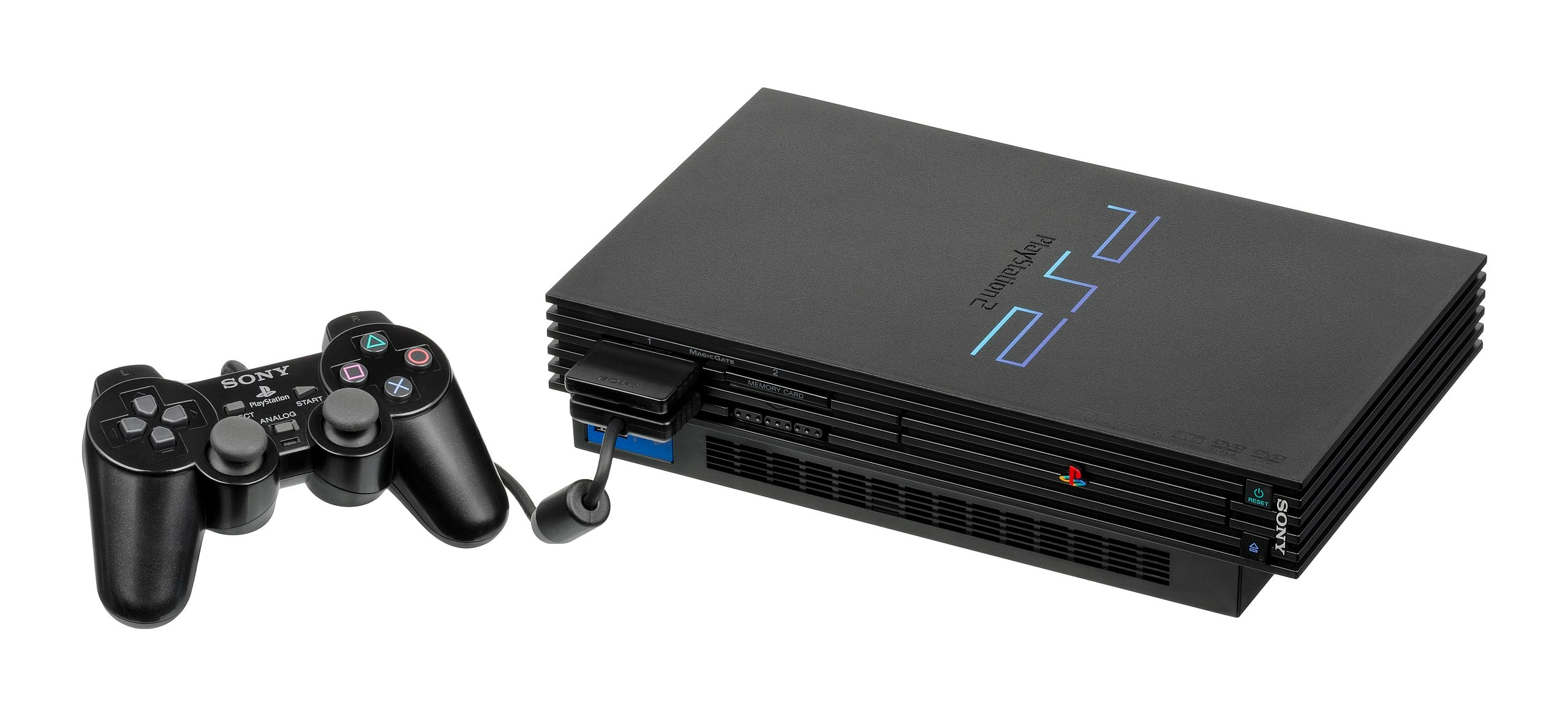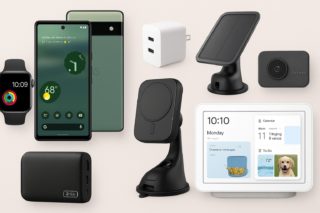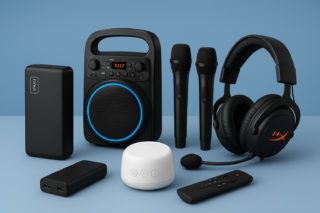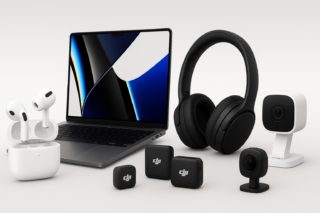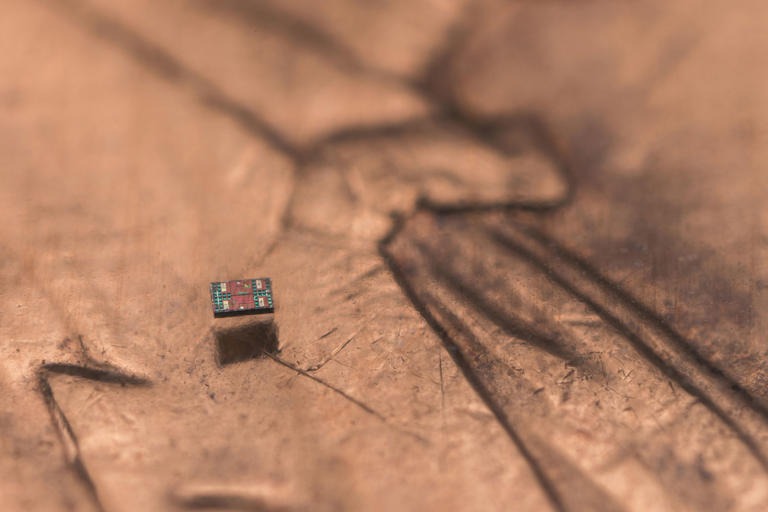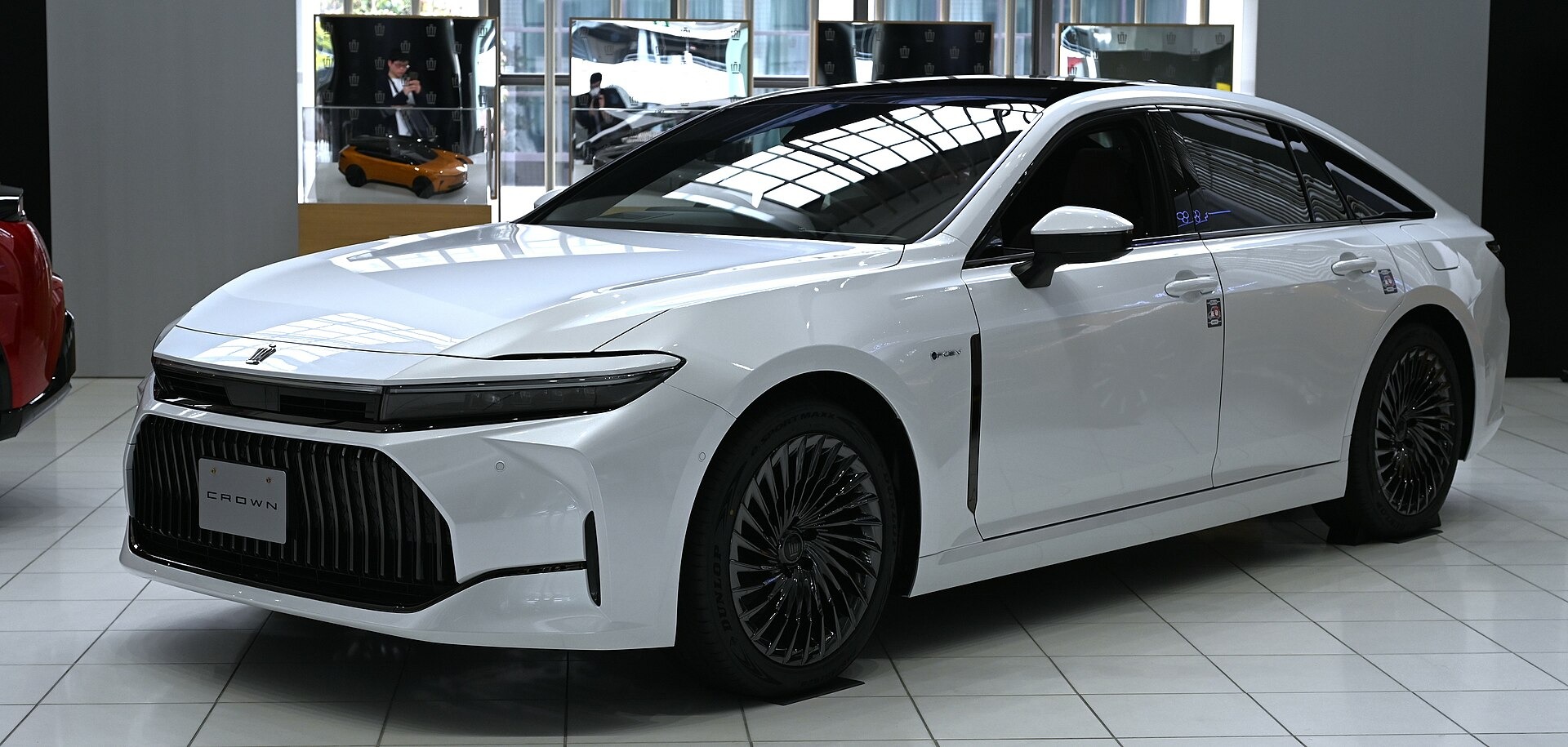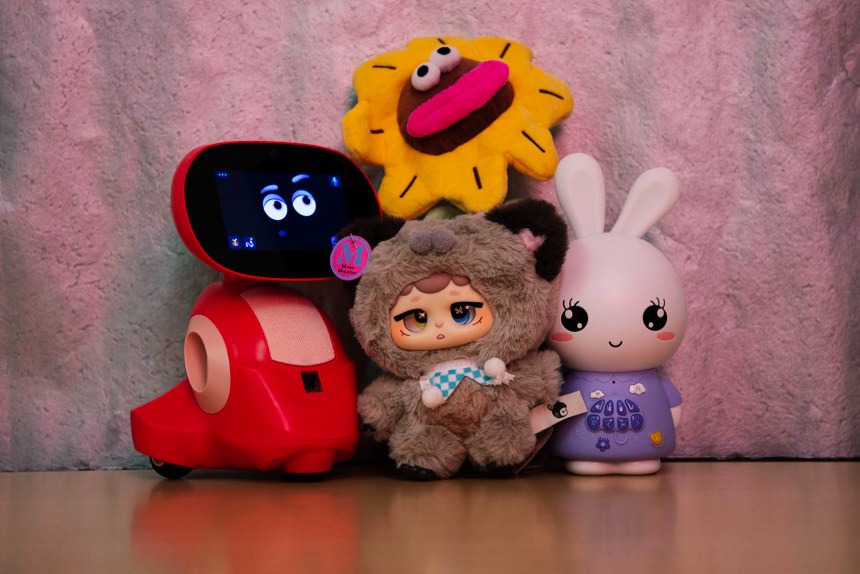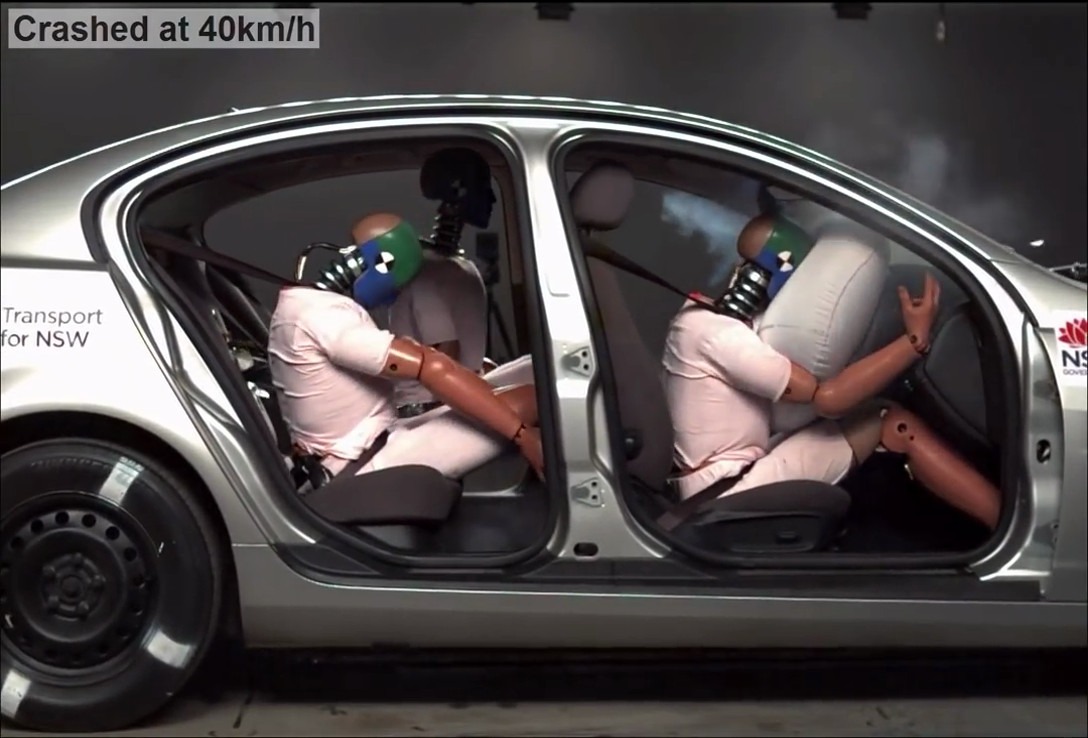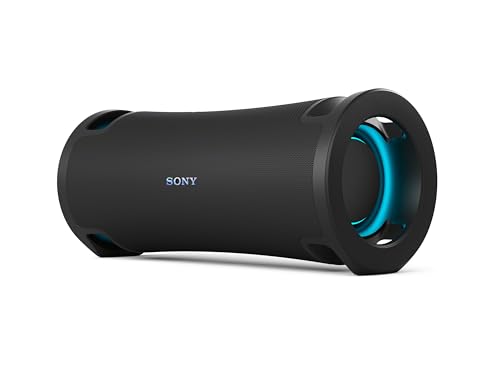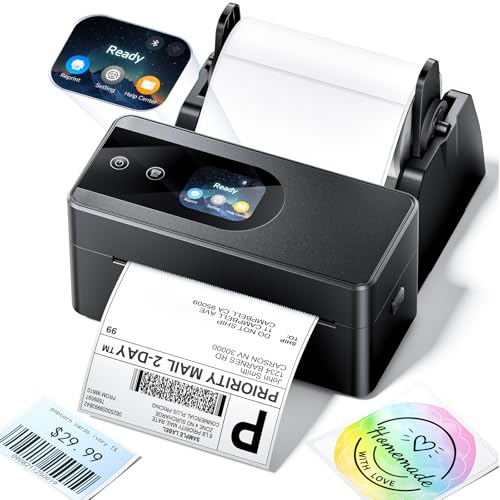October 26, 2000 changed everything, though you probably didn’t realize it at the time. Sony’s PlayStation 2 launched not just as a gaming console, but as the cheapest DVD player you could buy. At $299, it cost less than most standalone DVD units while delivering a massive game library. This wasn’t innovation—it was calculated disruption disguised as entertainment.
The Year That Mattered
Sony’s timing advantage turned the competitive landscape into a complete rout.
While Sega’s Dreamcast gasped its final breaths and Nintendo scrambled to finish the GameCube, Sony owned the market for an entire year. Microsoft’s Xbox wouldn’t arrive until 2001, giving PlayStation 2 the kind of head start that kills competitors before they launch. Add backward compatibility with original PlayStation games, and suddenly your existing collection wasn’t obsolete. Like getting grandfathered into a premium subscription, PS2 owners kept their old games while accessing new worlds.
Power vs. Popularity
Technical specs meant nothing when the game library spoke volumes.
Nintendo’s GameCube and Microsoft’s Xbox technically outperformed the PS2 in raw processing power. Yet specs don’t create Grand Theft Auto III, Final Fantasy X, or Metal Gear Solid 2. The PS2’s Emotion Engine processor wasn’t the fastest, but it powered the games that defined a generation. You weren’t buying benchmark scores—you were buying memories waiting to happen. The diverse catalog spanning every genre made the PS2 essential for any serious gamer.
The Template That Stuck
Every modern console still follows Sony’s multimedia playbook.
The 155 million units sold tell only part of the story. Sony’s decision to bundle gaming with home video created the template every console manufacturer still follows today. Your PlayStation 5 streams streaming because the PS2 played DVDs two decades ago. Whether Sony actually “drove” DVD adoption remains debatable among industry analysts, but the PS2 undeniably made DVD players affordable for millions of households.
The PlayStation 2 represented gaming’s sweet spot—accessible enough for mainstream adoption, powerful enough for lasting innovation. Twenty-five years later, no console has matched its cultural impact or sales figures. That October launch didn’t just introduce new hardware; it established the modern entertainment hub sitting in your living room today.


